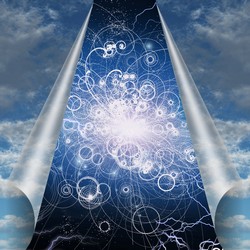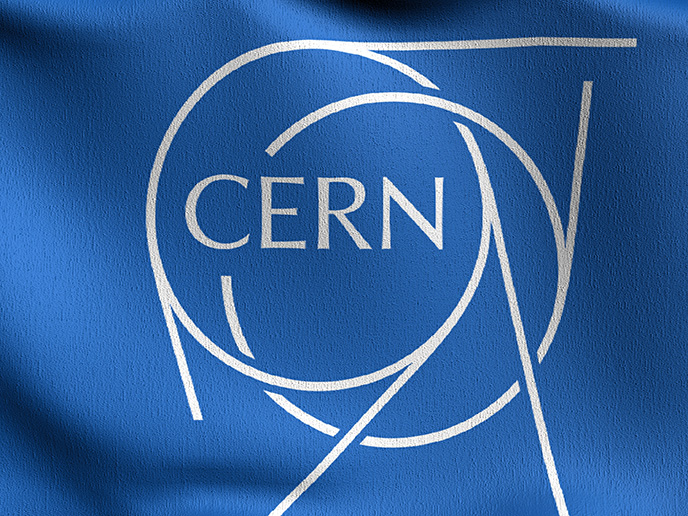Primordial 'soup' reveals secrets of early universe
The hearts of atoms that make up ordinary matter consist of protons and neutrons. These subatomic particles, in turn, consist of quarks that are glued together by particles aptly named gluons. However, shortly after the Big Bang the universe was hot enough to keep quarks apart. The result would have been a dense mix of quarks and gluons known as quark-gluon plasma. To recreate conditions similar to those a few millionths of a second after the Big Bang, the Large Hadron Collider (LHC) in Europe and the Relativistic Heavy Ion Collider (RHIC) in the United States are trialling head-on collisions between massive ions. By analysing the debris left behind at the end of each collision, EU-funded researchers have gained valuable insights into quark-gluon plasma. The final state of debris revealed transport properties of the quark-gluon plasma and the earliest stages of heavy ion collisions. The researchers have drawn up a map of which specific properties of the initial state determine particular aspects of the observed particles. Disentangling the initial geometry from the final anisotropic flow allowed extracting shear and bulk viscosity of the quark-gluon plasma. The effects of bulk viscosity usually interfere with those of shear viscosity, making it difficult to determine one without knowing the other. Research carried out within the HICATLHC (Phenomenology of heavy ion collisions at RHIC and the LHC) project has revealed decisive differences that can be used to calculate their actual value for the nearly perfect liquid that quark-gluon plasma is. Quark-gluon plasma was expected to behave more like a gas whose constituents interact weakly with each other. The fact that it behaves more like a liquid suggests instead that its components interact more strongly with each other. This has been studied by simulating collisions of smaller and smaller ions, and the results shed light on how quark-gluon plasma is created. The main point of colliding heavy ions has always been to create a system that is large enough to approach thermodynamic equilibrium. Only if this is achieved can researchers study the transport properties of the bulk nuclear matter. In hydrodynamic simulations of nucleus-nucleus and nucleus-proton collisions, they looked into how small a drop of quark-gluon plasma could be. Recent upgrades at the LHC and RHIC have increased the kinds of particles they collide, extended the range of energies at which they operate and improved the precision of their detectors, all of which should help to analyse quark-gluon plasma in detail. The data, as the HICATLHC findings suggest, will certainly continue to surprise the scientists.




